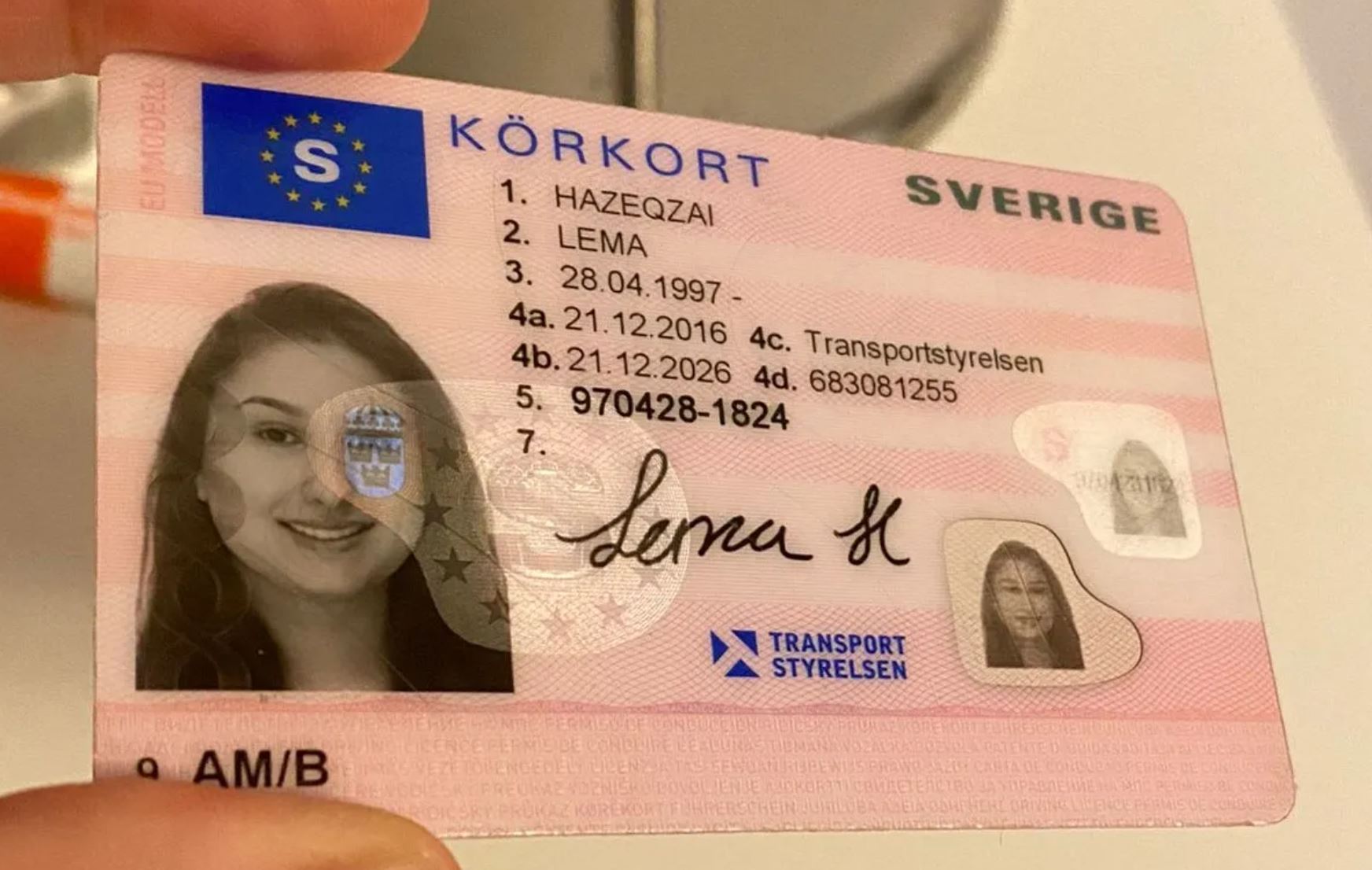How Much Can Address Transportstyrelsen Experts Make?
Understanding Transportstyrelsen: Sweden's Transport Agency
Transportstyrelsen, or the Swedish Transport Agency, plays an important function in the management and policy of different transportation sectors within Sweden. Accountable for guaranteeing safe, efficient, and sustainable transport systems, this agency manages a large array of transportation modes, consisting of roadway, rail, air travel, and maritime. This short article dives into the agency's structure, functions, regulations, and effect on the Swedish transport landscape.
Overview of Transportstyrelsen
Developed mostly to enhance the management of the transportation sector, Transportstyrelsen consolidates several roles associated with traffic safety, facilities, and ecological impact. The agency runs under the Ministry of Infrastructure and works in collaboration with city governments, personal sector stakeholders, and international organizations.
Secret Functions of Transportstyrelsen
Transportstyrelsen's obligations incorporate a broad scope, which can be summarized as follows:
Regulatory Framework Development
- Establish policies and requirements for all transportation modes.
- Monitor compliance and implement appropriate laws and regulations.
Licensing and Registration
- Manage the licensing process for KöRkort Online drivers and transportation companies.
- Preserve a detailed database of authorized lorries and airplane.
Traffic Safety Promotion
- Conduct research and collect information on transport security.
- Carry out campaigns focused on increasing public awareness about traffic security.
Sustainability Initiatives
- Promote ecologically friendly transport services.
- Encourage the adoption of electrical and alternative fuel lorries.
International Collaboration
- Engage with other European and international transport authorities.
- Participate in efforts focused on harmonizing transportation regulations throughout borders.
Organizational Structure
Transportstyrelsen is arranged into numerous departments, each focusing on particular transportation techniques:
- Road Traffic Department
- Railway Department
- Maritime and Air Traffic Department
- Environment and Sustainability Department
- Financial Analysis and Strategy Department
This structure enables expertise and focused efforts in managing the varied elements of transport within Sweden while guaranteeing that all departments work collaboratively towards typical goals.
| Department | Key Responsibilities |
|---|---|
| Roadway Traffic Department | Handles driver licensing, car registration, and road security policies. |
| Railway Department | Manages train safety, infrastructure development, and service quality. |
| Maritime and Air Traffic Department | Regulates shipping and air travel, guaranteeing compliance with safety requirements. |
| Environment and Sustainability Department | Addresses transport-related environmental issues and promotes sustainability practices. |
| Financial Analysis and Strategy Department | Carries out economic analyses to inform policy and strategy on transport initiatives. |
Impact on the Swedish Transport System
Transportstyrelsen's impact on the Swedish transportation system is extensive. The company's regulations and policies form the security, effectiveness, and ecological impact of transport in Sweden. Key contributions consist of:
- Enhanced Safety Standards: By setting rigid security policies and continually monitoring compliance, the agency assists lower accident rates and improve total road, rail, and air security.
- Promotion of Public Transport: Through investments and assistance for public transport systems, the company encourages a shift from personal car reliance to more sustainable and eco-friendly transport modes.
- Support for Innovations: The firm fosters innovation in the transport sector by supporting brand-new technologies such as electrical vehicles and smart traffic systems, intending to meet both existing and future challenges in transport logistics and environmental management.
Guideline Compliance
To guarantee compliance with Transportstyrelsen's regulations, stakeholders in the transport sector need to abide by different guidelines and requirements. This consists of acquiring necessary licenses, undergoing examinations, and sending reports on safety performance.
Necessary Compliance Areas
- Motorist Licensing Requirements
- Automobile Inspection Standards
- Safety Protocols for Transport Operations
- Environmental Regulations for Vehicle Emissions
- Functional Standards for Public Transport Services
Infractions of these policies can cause substantial charges, consisting of fines and the cancellation of permits or licenses.

Regularly Asked Questions (FAQs)
What is Transportstyrelsen?Transportstyrelsen, or the Swedish Transport Agency, is the government authority responsible for regulating all aspects of transportation in Sweden, including roadway, rail, maritime, and air travel sectors. How does Transportstyrelsenmake sure safety in transportation?The firm develops and imposes guidelines, carries out research, and implements safety projects to promote safe transportation practices amongst all roadway users. What kinds of vehicles does Transportstyrelsen regulate?Transportstyrelsen manages a vast array of lorries, consisting of passenger cars, business lorries, bikes, airplane, and maritime
vessels. How can I contact Transportstyrelsen?Transportstyrelsen can be called via their official site where numerous resources, contact details, and kinds for queries are provided.
Is there an appeal procedure for licensing decisions made by Transportstyrelsen?Yes, individuals and companies can appeal decisions made by Transportstyrelsen regarding licenses and policies as outlined in their official
guidelines. Transportstyrelsen is an essential part of Sweden's transport landscape, making sure that the systems in location are not just efficient and reliable but also safe and environmentally mindful. Its multifaceted obligations,
from guideline to public security, develop a framework that benefits both the Swedish population and the wider transport network. Comprehending Transportstyrelsen's functions and functions assists stakeholders navigate the intricacies of the transportation sector, promoting compliance and promoting advancements necessary for future sustainability.





